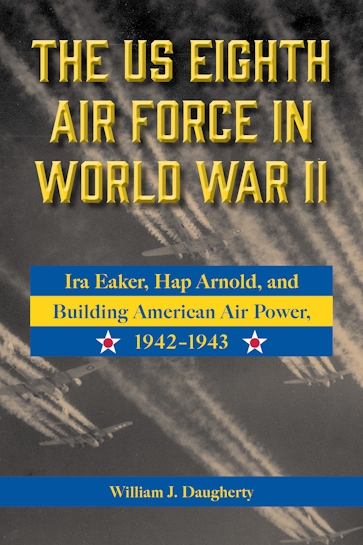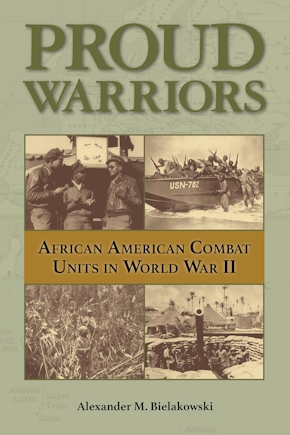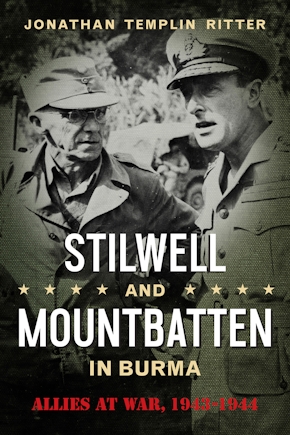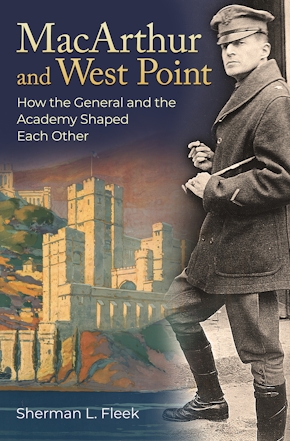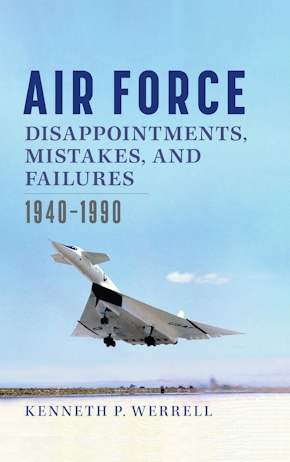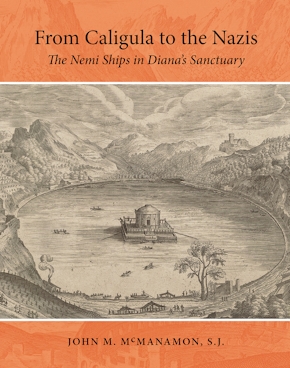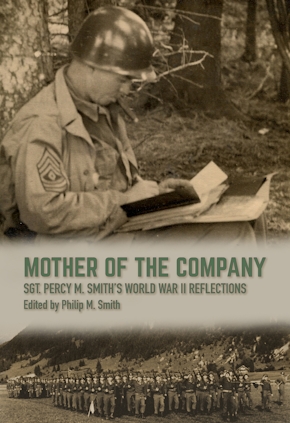The US Eighth Air Force in World War II
Ira Eaker, Hap Arnold, and Building American Air Power, 1942-1943
978-1-57441-927-6 Cloth
6 x 9 x 0 in
400 pp. 30 b&w illus. 3 maps. Notes.
Pub Date: 04/15/2024
Prepublication - Pre-Order Now
PRE-ORDER
- Cloth $34.95
When America entered World War II in 1941, it was first left to the Army Air Forces to take the fight to Germany. In January 1942 the US Eighth Air Force was created and ordered to England, even though it was without men, equipment, or airplanes. This is the story of Brigadier General Ira C. Eaker’s two years with VIII Bomber Command, and later as commander of the Eighth, as he worked to grow it into a force capable of striking German targets from above twenty thousand feet.
Initially promised one hundred airplanes and the men to fly them, he soon discovered “his” bombers were often diverted to the North African and Pacific theaters. Along the way Eaker faced other critical issues, including atrocious weather, heavy casualties, and the absence of escort fighters. Meanwhile, the head of the Army Air Forces, General “Hap” Arnold, clashed with and criticized Eaker for not flying more missions with more airplanes. Ultimately, as the air war unfolded, the war of words behind the scenes continued until the generals reached a point of irreconcilable differences and Arnold relieved Eaker of command.
In spite of this, the “Mighty Eighth Air Force” continued to pummel the Germans. Not once, not even in the two absolute worst air battles of the war—the Schweinfurt missions of 1943, each of which cost one of every four bombers and six hundred– plus men for each mission—did the Eighth ever turn back before reaching their target. Not until after the first two years was there a fighter that could escort the heavy bombers, the B-17s and B-24s, even partway into Germany, much less to targets near the Vienna border, and return. The story of the first two years of the “Mighty Eighth Air Force” in many senses presents an even stronger case for heroism, dedication, and simple self-sacrifice than that depicting events in the final seventeen months.
About the Author
Reviews
Published by University of North Texas Press
